Many Ontario soils display a similar pattern of compaction. The secondary tillage layer – usually the top 2-4 inches – is relatively loose and friable, with mostly small, rounded aggregates, […] Read more
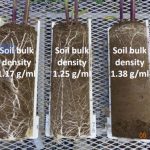
Evaluating soil structure
OMAFRA Field Crop Report for the week of August 15
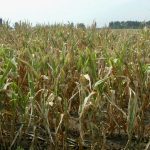
Corn quality ‘highly variable,’ silage seen as option for some growers
OMAFRA Field Crop Report for the week of August 8
Much of the province received rain this past week, with significant rainfall (over 76 mm or 3 inches) in Huron Shores and Georgian Bay and eastern Ontario. A 25 to […] Read more

Improved nitrogen testing may be around the corner
OMAFRA Field Crop Report for the week of August 1
Ontario’s corn crop is past the halfway point at this time and is left to Mother Nature’s will to help mature the corn and give us a decent harvest. For […] Read more
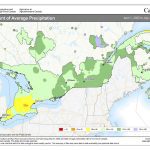
Post-wheat harvest weed management strategies
OMAFRA Field Crop Report for the week of July 25
Weather conditions The percentage of average precipitation during the current growing season is quite variable across the province (see image at top). Crop conditions generally mirror precipitation levels with below […] Read more

Managing to get the most from available water
Tips for keeping it in the ground to make it accessible to crop roots
Water is the most important limiting input for crop production. In more than a couple of the past years, producers across the province have been forced to watch while their […] Read more

Canola conditions in Ontario
OMAFRA Field Crop Report for the week of July 11
Spring canola across the province is currently at or beyond full bloom. Observations from around the province at this stage are that spring canola is looking better overall than it […] Read more
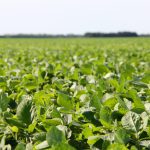
Enhancing corn and soybean yields in Ontario
OMAFRA Field Crop Report for the week of July 4
Gone are the days of grandpa getting the tractor and 3 furrow plow out to work the whole farm each fall after harvest. For decades now, producers have been developing […] Read more
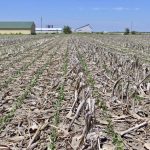
Ontario crop conditions mostly favourable
OMAFRA Field Crop Report for the week of June 27
As we close out the 2022 spring planting window, for the most part we see crops in good shape, but as always, there are regional differences. Alfalfa in western and […] Read more
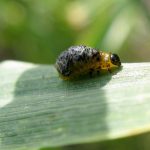
Insect issues appear for Ontario growers
OMAFRA Field Crop Report for the week of June 20
Cereal leaf beetle (CLB) populations have reached threshold in some spring cereal fields this week. CLB larvae and adults feed on the tissue between leaf veins, leaving long scratch marks that […] Read more
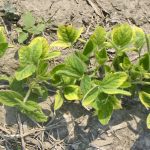
Soybean update for Ontario
OMAFRA Field Crop Report for the week of June 13
Soybeans range from VE (emergence) to the fourth trifoliate leaf stage. The majority of the crop was planted in May, although sporadic showers meant that some could not be planted […] Read more
